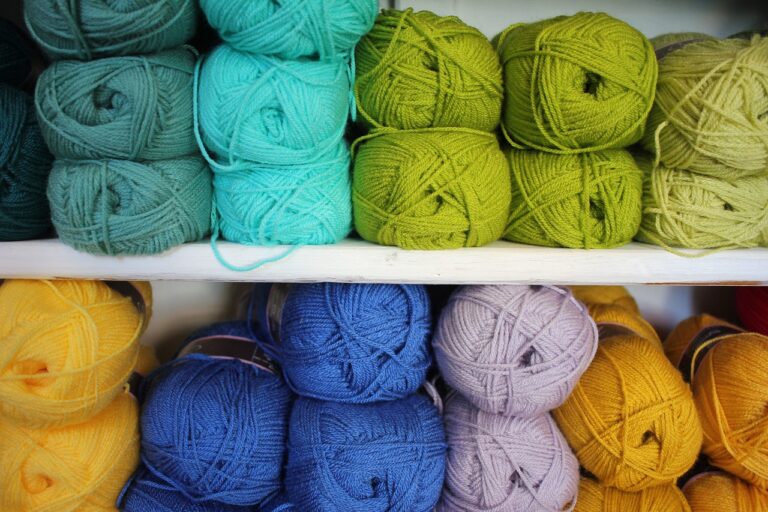The Evolution of Sustainable Fashion Technologies
Sustainable fashion technologies have been at the forefront of transforming the way clothing is produced, bringing about significant environmental benefits. One key innovation in this realm is the development of plant-based or bio-derived materials that offer more sustainable alternatives to traditional fabrics. These materials, such as Piñatex made from pineapple leaves or Tencel made from wood pulp, not only reduce the reliance on non-renewable resources but also minimize the carbon footprint of the fashion industry.
Another notable innovation in sustainable fashion technologies is the use of 3D printing in creating garments and accessories. This cutting-edge technology allows for precise customization and minimal waste production, contributing to a more sustainable and efficient production process. By harnessing the power of 3D printing, fashion designers can experiment with intricate designs and structures that were previously unattainable with traditional manufacturing methods, paving the way for a new era of sustainable and innovation-driven fashion.
Revolutionizing Textile Production Processes
In recent years, the fashion industry has witnessed a significant shift towards sustainable practices in textile production. Key innovations have emerged that aim to revolutionize the way fabrics are produced, setting a new standard for eco-friendly and ethical manufacturing processes. One such innovation is the development of closed-loop systems that enable the recycling and reuse of materials, reducing waste and minimizing the environmental impact of textile production.
Another groundbreaking technology that is transforming textile production processes is the use of 3D printing in fashion design. This cutting-edge technology allows designers to create intricate and complex fabric structures with precision and efficiency. By eliminating the need for traditional cutting and sewing techniques, 3D printing not only streamlines the production process but also reduces material waste, making it a more sustainable option for the fashion industry.







